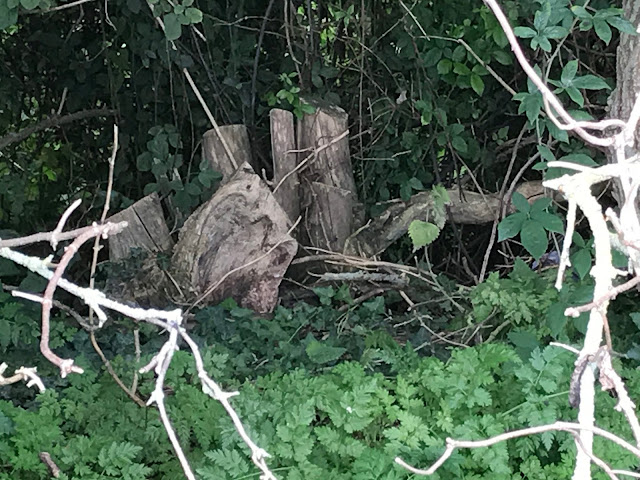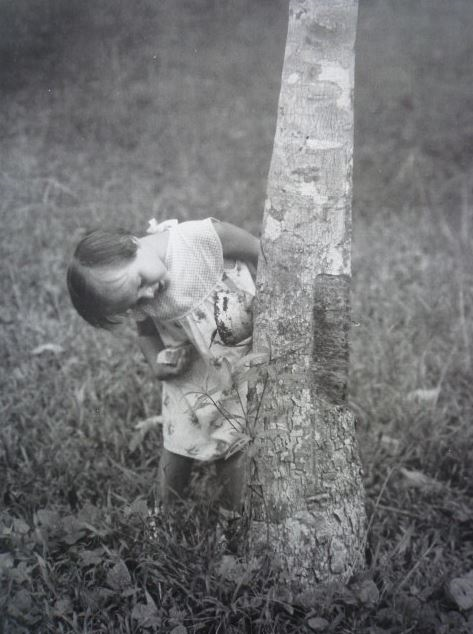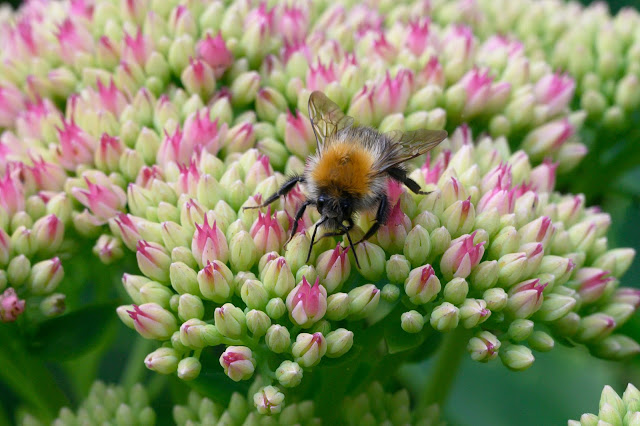The Sanctuary on Akerman Street
I was walking Akerman Street, the Mow Fen of Litelport fame, sited in the Domesday Book, deep in thought about how the ground beneath my feet belongs to no-one. That the infinite pleasure of seeing into the forever is to me, a gift. In those moments my world became a fine place to be. I know much of this landscape but have never written how I feel when I’m alone under the artist’s sky, in the poet’s dreamscape.
Easterly blasts of wind took my breath away and deafened my thoughts so that I could no longer hear myself breathe, feel only fear building up in my limbs so that they were heavy and lifeless; the gale thrust me backwards dragging me off my feet as though claiming it for the soil.
I am small, insignificant, a strange visitor to this place. But I could not, would not turn back. I quicken my pace to the hypnotic rhythm of leather on gravel. My shadow ahead, the one I would never ensnare alerted me to longer shadows catching up behind. I had heard about the black dog of the fens and imagined again that this landscape belongs to no-one.
But I knew I was wrong: the landscape belongs to the unknown, the coming.
That is unquestionable. We touch it, kill it over and over in territorial battles filling it layer by layer with broken bones until blood-stained soil, fragmented rock, clay, loam, dirt, dust, the earth’s mantle seep down to magma where all things human take fire, become part of the history of ancient landscapes of memory. So too, our lives.
I move on, then instinctively turn back, look west towards the setting sun and there, bounding relentlessly towards me, leaping this roman road, it is here. I was running now, searching. The lair came into sight but I was too afraid to venture inside.
On all fours I crawled into a foul-smelling ditch running alongside the footpath close to the lair. I could see Black Shuck, head down against the galloping north wind hoofing overland across wild fenland. Then I heard his breathing, heavy, hungry in his foaming mouth. He would make for the lair, I was sure.
Many times, I have dared myself to go inside this secret refuge, but never yet…I pictured owls and wild cats guarding the leafy entrance to the found-wood alter where wizards and witches come to take sanctuary from the unbelievers.
I slipped deeper into the sludgy ditch feeling the ground shudder with the pound, pound, pounding throb of fear coming closer and closer. Then…he was alongside the lair but neither owl nor cat greeted him for he continued on by, safe in green trainers and black track suit, head down, dark hair dark against the oncoming darkness.
A close encounter, I thought, as I pulled my grimy self onto
the footpath. By this time the runner
had turned at the soupy algae covered dyke. He ran past me with a polite ‘Hi!’
and continued back along Akeman Street track towards St George’s at the head of
the drove.
Free-wheeling crows were squawking above a Middle C hum of power of musical staccato-like sounds playing from pylon to pylon, ‘Ain’t No Stopping Me Now’, across mysterious fenland haunts to the North Sea.
Light changes everything. Shadows and ghosts merge in the gloaming. I make my way back on the darkening path watch the pale of yellow west sunset which reminded me of this translation from the ancient chronical, Dindsenchas, which I was privileged to peruse some years ago on a seminal visit to the Hill of Tara, County Meath, the Island of Ireland.
I had visited the lair, made a small folk-print to add to the archive of our collective memories. As I closed my front door I heard the welcome call of Evening Song bells calling from the ancient church tower silhouetted against a wide fenland evening sky.
Jean Rees-Lyons




Comments
Post a Comment